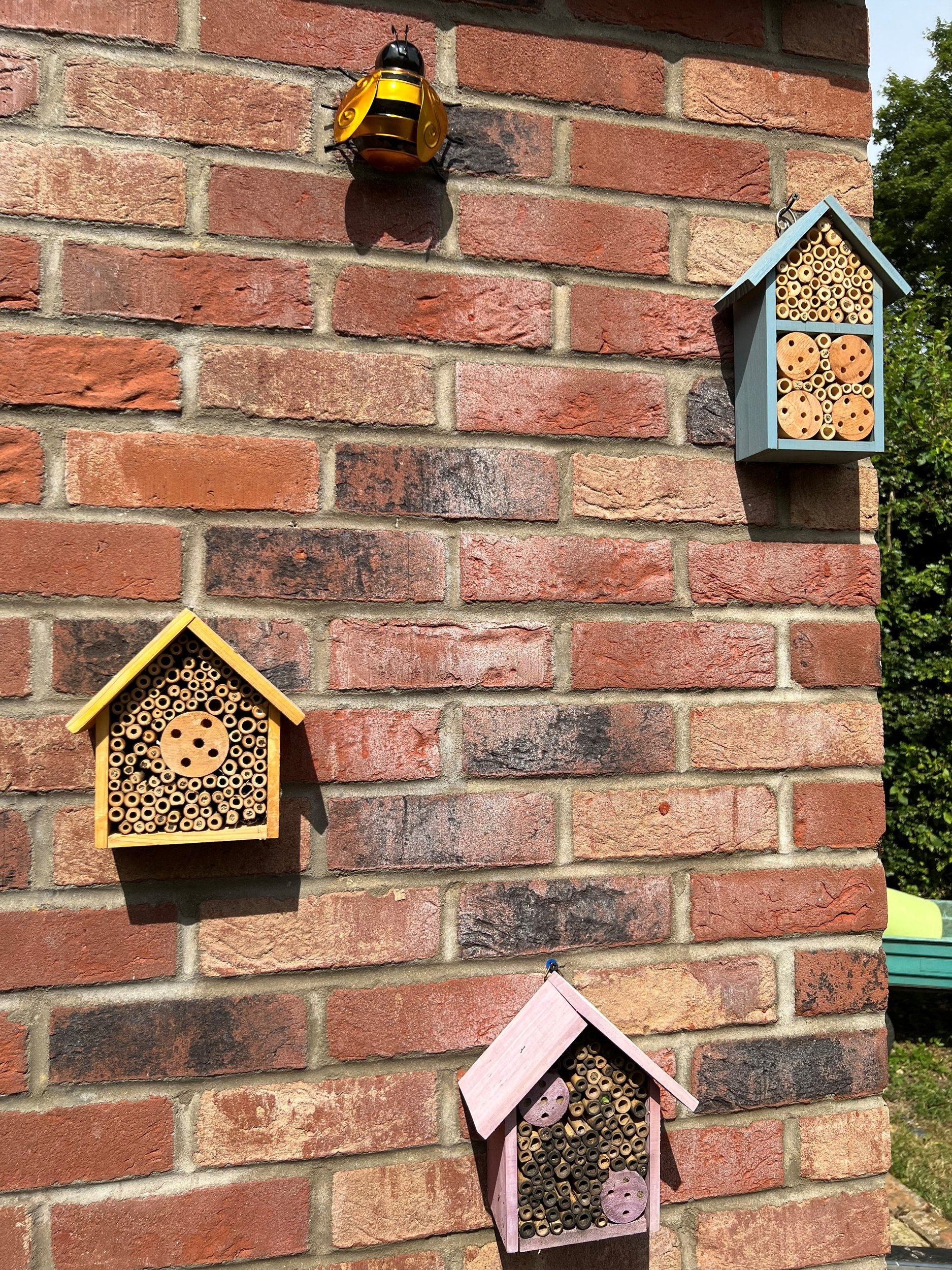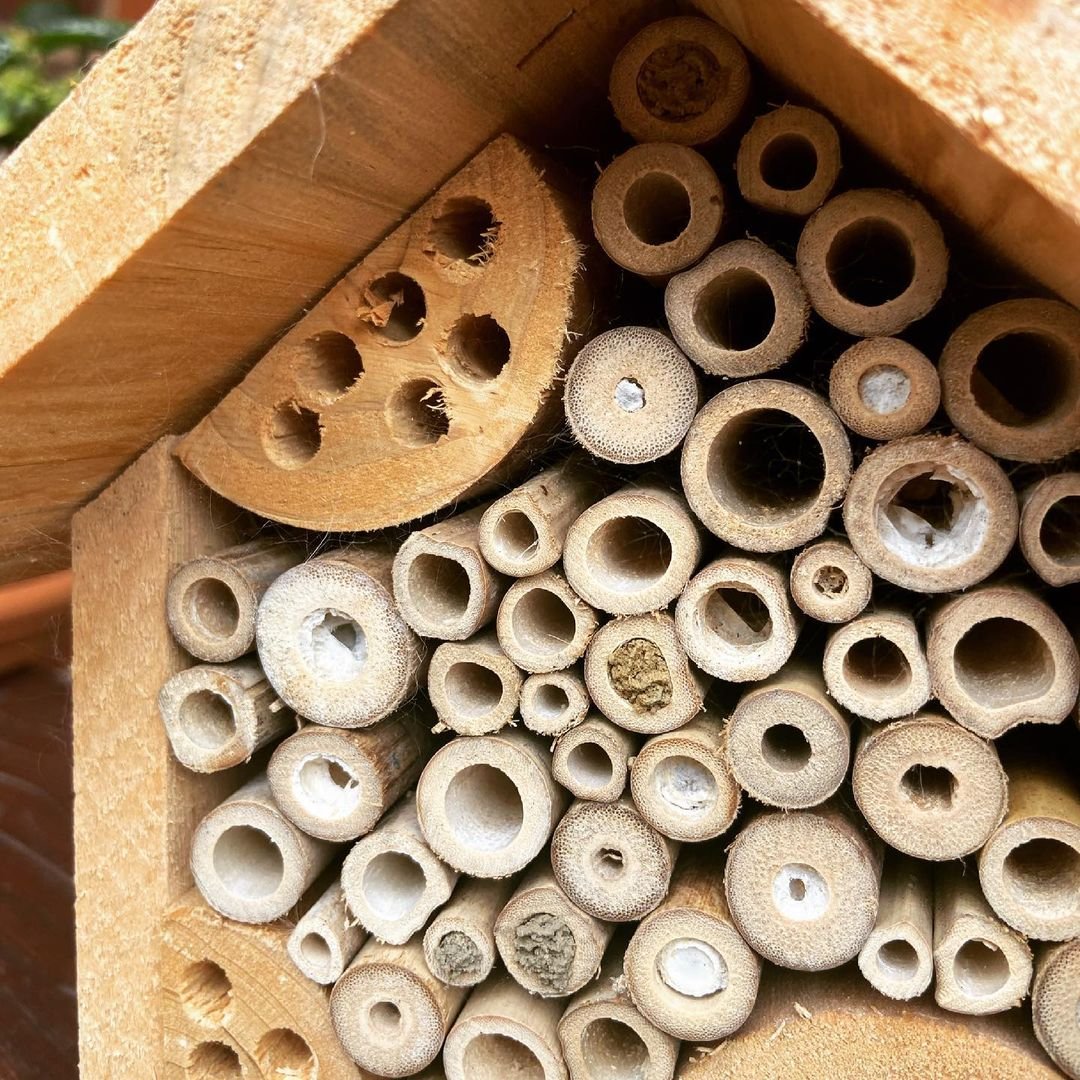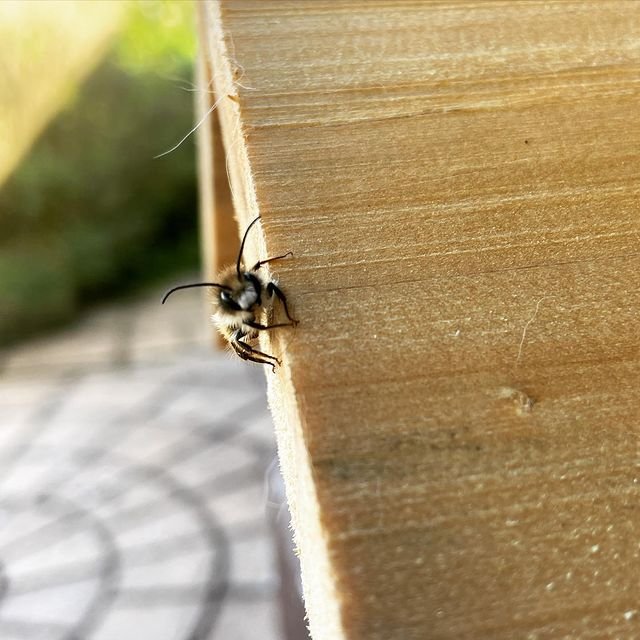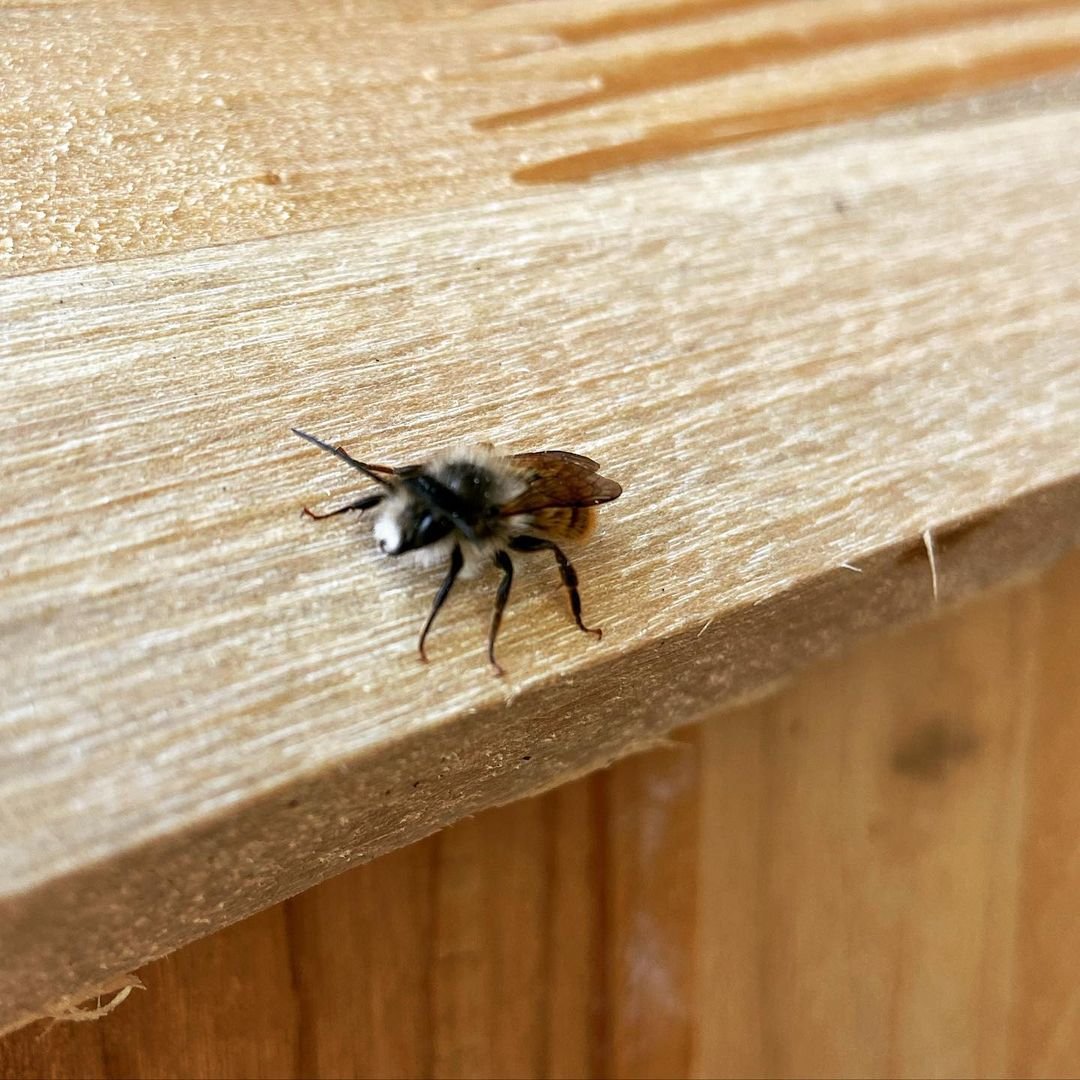Bee Welcome
We’ve all been there; we’re wandering around a garden centre and we get to the wildlife habitats section, we see all these cute bee ‘hotels’ and buy one, only to get it home and not know what to do with it. I’ve had many bee experience attendees mention that they’ve been given one too and that it remains empty and what should they do?
In a future post I will write about making your own bee nesting area but today I wanted to focus on the gorgeous houses (and churches as my dad calls one of them), you can buy and get set up in your garden immediately.
They come in a few different shapes but the main thing you’ll notice is the majority have either tubes; made usually from bamboo or similar, and wood with drilled holes. The purpose of these is for solitary bees to lay their eggs. Now as the name suggests, solitary bees live alone and usually lay their eggs in hollowed stems, banks of earth or even old beetle holes in dead wood, as habitats have been removed in nature it’s up to us to add options back for the bees.
Some of the “insect houses” will also contain vertical letterbox type slits - these are for butterflies. You may also see some with pinecones, bits of wood etc, behind wire mesh - these are for other bugs that need somewhere to shelter or nest.
When you get your wildlife habitat the first thing to do is find a location, it’s recommended that they are at least a metre off the ground and in either South or South Easterly facing position, this provides warmth. I’ve tried hanging them on walls and fence posts from 1/2m to over 2m high and have had success with all heights, I believe it’s more about the sunlight and ensuring the habitat is not allowed to get damp. Remember to pop it in a location that doesn’t get a lot of traffic, somewhere the bees can fly to and from without much in the way of human annoyance!
Don’t expect results immediately. It could take a while for the bees to find their new accommodation so whilst you’re waiting make sure you’re setting up an attractive environment all round with a water source and pollinator friendly planting too. It may take a year or two before you see activity. When you do see interest it is likely it will be from mason or leaf cutter bees; these are a favourite in my garden and you can make a guess at what you have setting up home by looking at the cell covering - if it’s mud then it’s likely a mason bee and if it’s small bits of leaves then it will be a leaf cutter bee. Solitary and cuckoo wasps can also be found using the ‘hotels’, we had a jewel like cuckoo wasp visiting last year and it was the most brilliant metallic blue and pink.
With over 250 species of bee (the honey bee is just one of the species), the majority of bees are solitary and so providing possible nesting sites in our gardens will give them a greater chance of survival whilst also helping our gardens with additional pollinator activity.
Bees will build their nests during the Spring and Summer. Make sure the front of the habitats are kept clear of cobwebs and enjoy observing them coming and going.
If you attend a bee experience or beekeeper training with me this year you’ll see the garden is peppered with bee houses, and as of this summer we will also be selling a few in the shop to take home with you, I’ve sourced some wonderful products from Greenkey Home and Garden who work with the Bug Life charity, donating a portion of the sales of these wildlife habitats to them.






